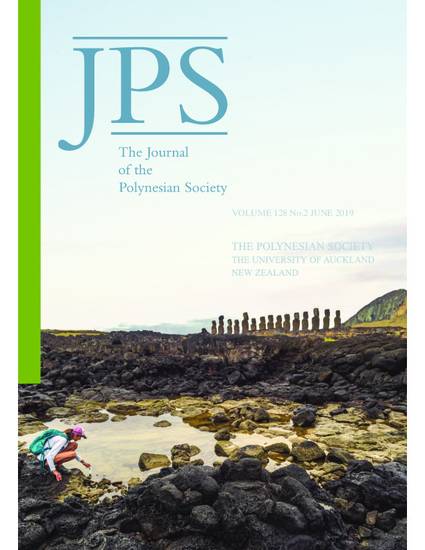
Article
The Ethnohistory of Freshwater Use on Rapa Nui (Easter Island, Chile)
Journal of the Polynesian Society
(2019)
Abstract
Sources of drinking water on islands often present critical constraints to human habitation. On Rapa Nui (Easter Island, Chile), there is remarkably little surface fresh water due to the nature of the island’s volcanic geology. While several lakes exist in volcanic craters, most rainwater quickly passes into the subsurface and emerges at coastal springs. Nevertheless, the island sustained a relatively large human population for hundreds of years, one that built an impressive array of monumental platforms (ahu) and statues (moai). To understand how Rapanui acquired their scarce fresh water, we review ethnohistoric data from first European arrival (1722) through the mid-twentieth century. Ethnohistoric accounts identify a diversity of freshwater sources and describe various Rapanui freshwater management strategies. Our findings highlight the importance of coastal freshwater seeps and provide much-needed insight into how Rapanui procured this vital and necessary resource.
Keywords
- Rapa Nui (Easter Island),
- coastal springs,
- freshwater management,
- puna (wells),
- ethnohistory,
- Polynesia
Disciplines
Publication Date
June 25, 2019
DOI
10.15286/jps.128.2.163-189
Citation Information
Carl P. Lipo. "The Ethnohistory of Freshwater Use on Rapa Nui (Easter Island, Chile)" Journal of the Polynesian Society Vol. 128 Iss. 2 (2019) p. 163 - 189 Available at: http://works.bepress.com/carl-lipo/18/
Creative Commons license

This work is licensed under a Creative Commons CC_BY-NC-SA International License.
